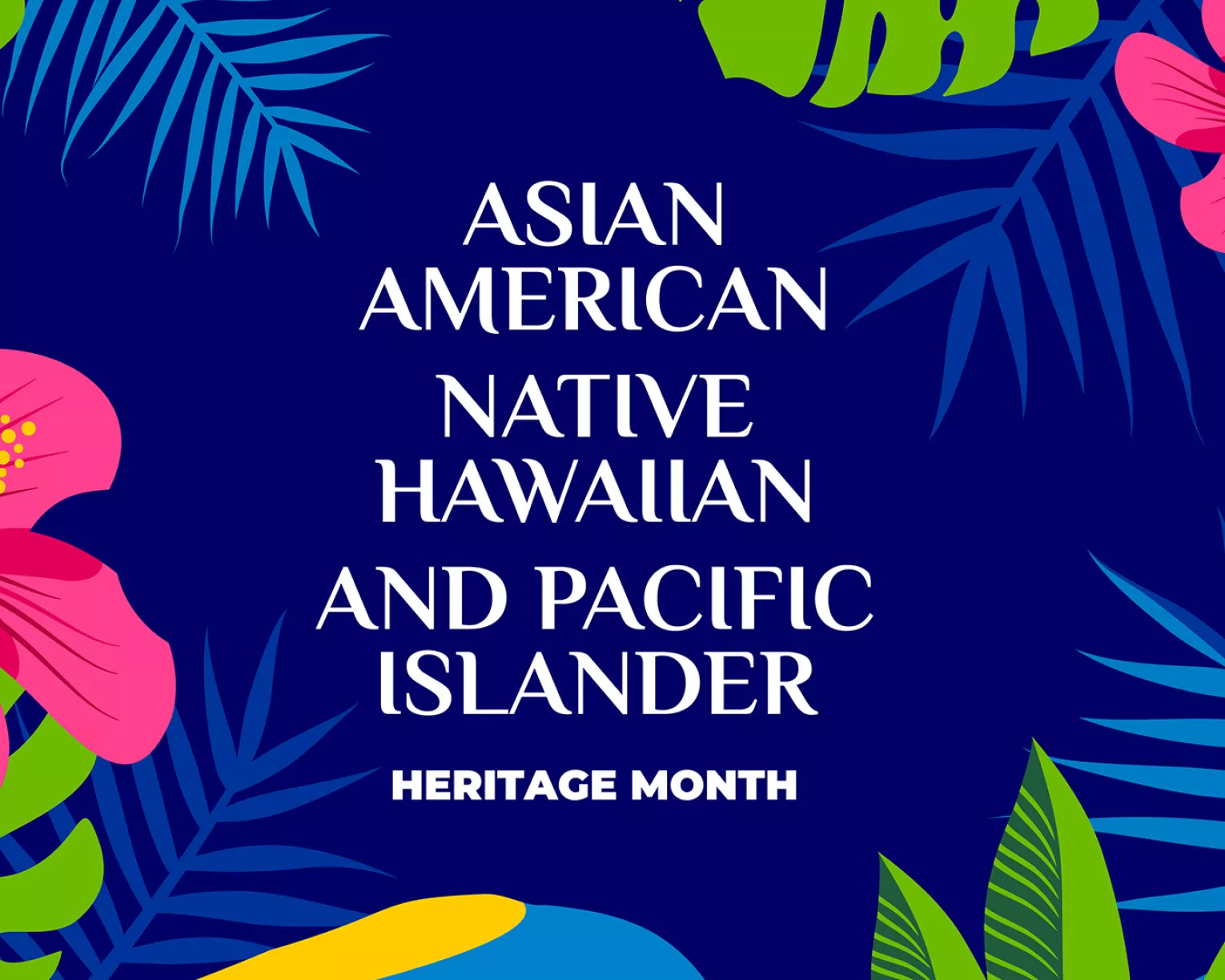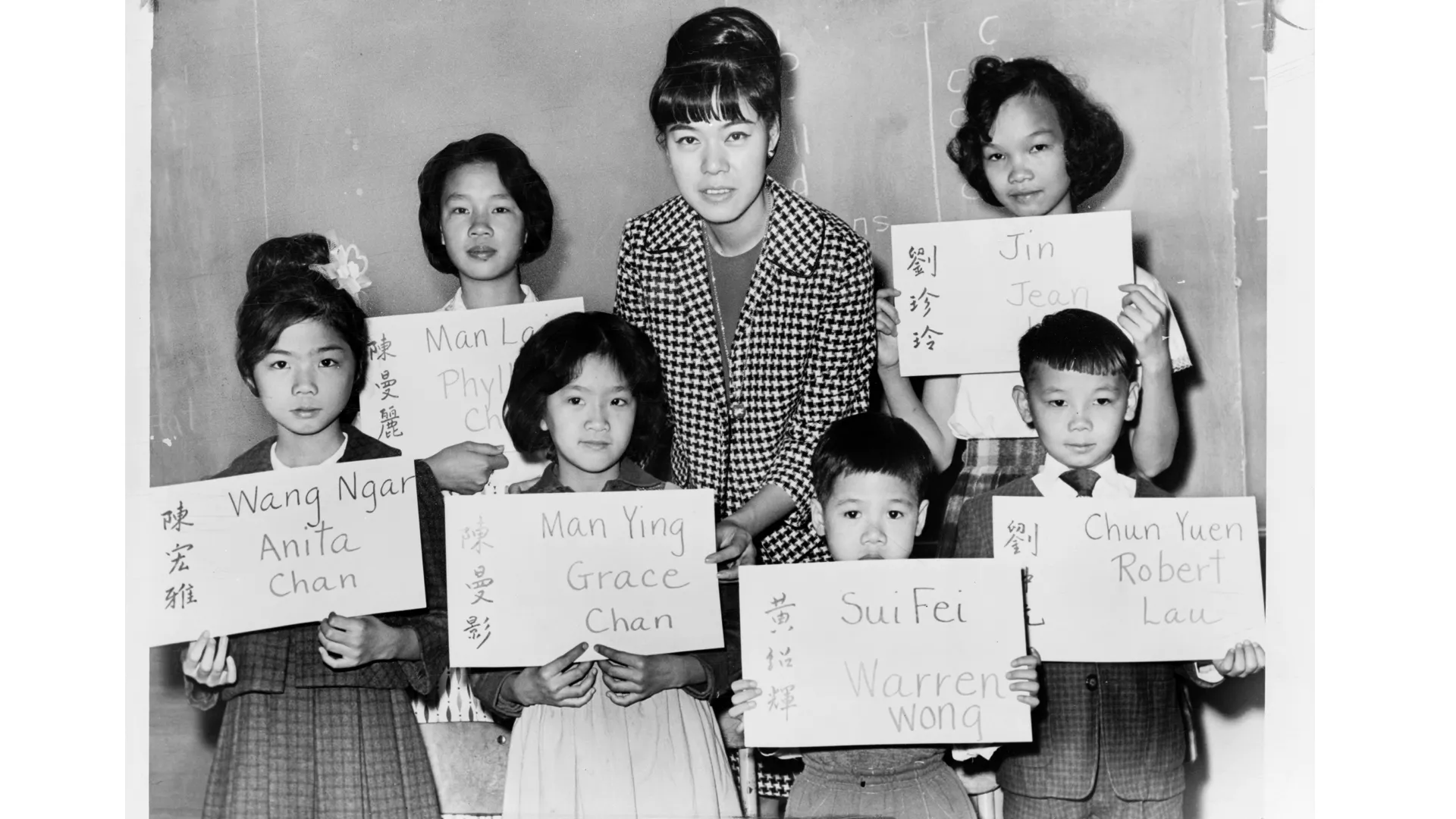People from Asian and Pacific Island nations have been trading and settling in North America since the mid-1700s. Filipino traders were the first-known settlers from the Pacific Islands to make their home in Louisiana in the 1760s. By the mid-1800s, large numbers of Chinese laborers working on the trans-continental railroad and prospectors hoping to discover gold immigrated to the United States settling mostly in the West.
As the number of Chinese immigrants grew, so did xenophobic fears and policies from White Americans. For example, the ruling in People v. Hall in 1854 prohibited Asian Americans from testifying against White people. The 1862 Anti-Coolie Act “imposed a tax on Asian Americans who attempted to work in . . . factories” as a way to limit competition with White workers. Anti-Asian sentiments sometimes turned violent. In 1871, nearly 20 Chinese were lynched in Los Angeles. In 1885, Chinese-American miners were attacked by White miners in Rock Springs, Wyoming—28 people were killed and approximately 500 Chinese-Americans were driven from their homes. The following year, a riot in Seattle violently forced all Chinese-Americans to leave the city. Asian Americans and Pacific Islanders have had a long and continued struggle for civil and economic rights in the United States.
Within an economics or financial literacy class, the following historical examples provide context to help students understand economic issues that Asian Americans and Pacific Islanders face today:
Notable Events
Naturalization Act of 1870
The Page Act of 1875
Chinese Exclusion Act
Tape v. Hurley
Yick Wo v. Hopkins
United States v. Wong Kim Ark
Alien Land Law
Immigration Act of 1917
Japanese Internment, Executive Order 9066
Repeal of Chinese Exclusion Act
Korematsu v. United States
Immigration and Nationality (McCarran-Walter) Act
Delano Grape Strike
Immigration and Nationality (Hart-Celler) Act of 1965
Lau v. Nichols
Equal Credit Opportunity Act
Are you an affiliate?


